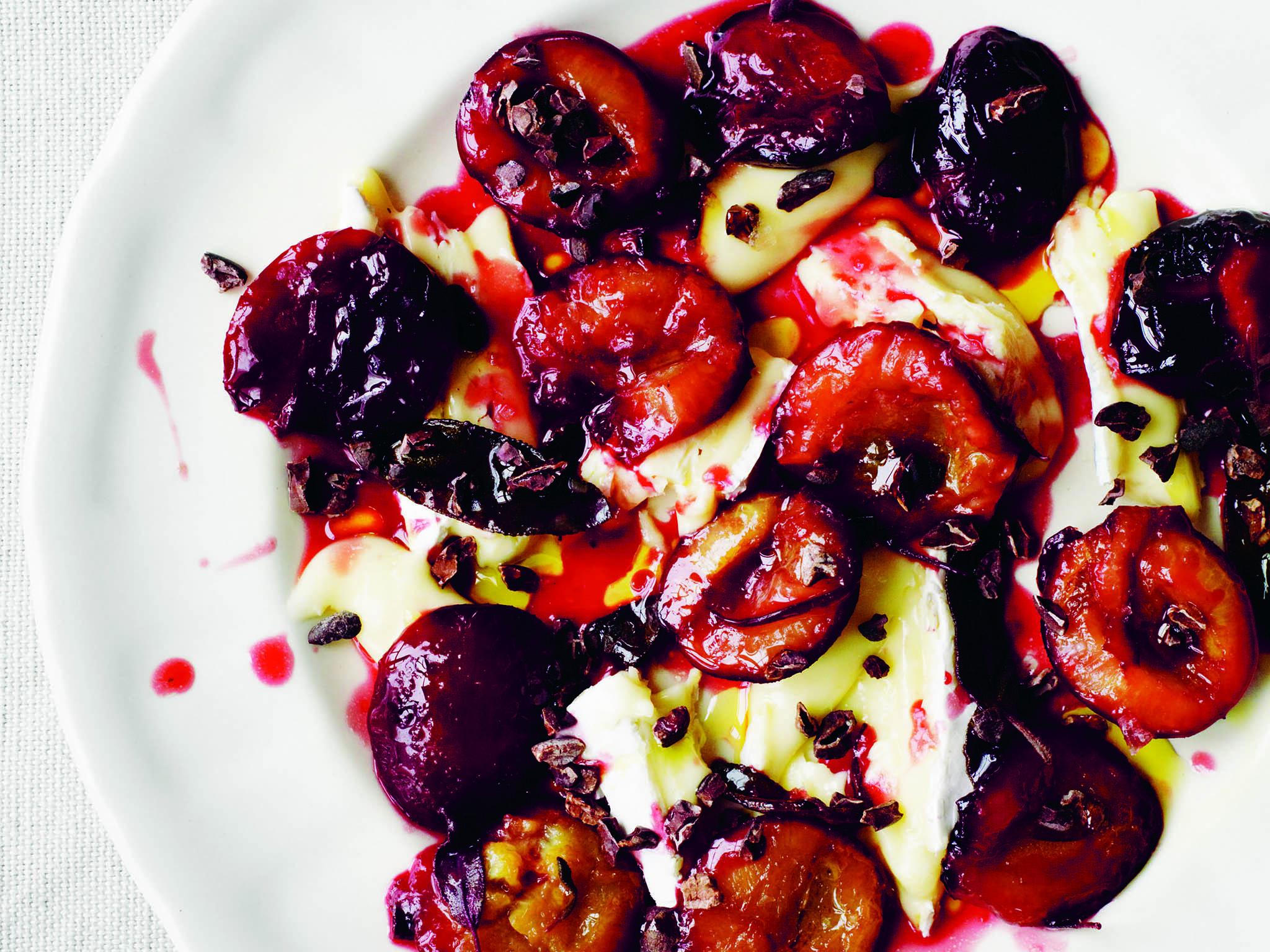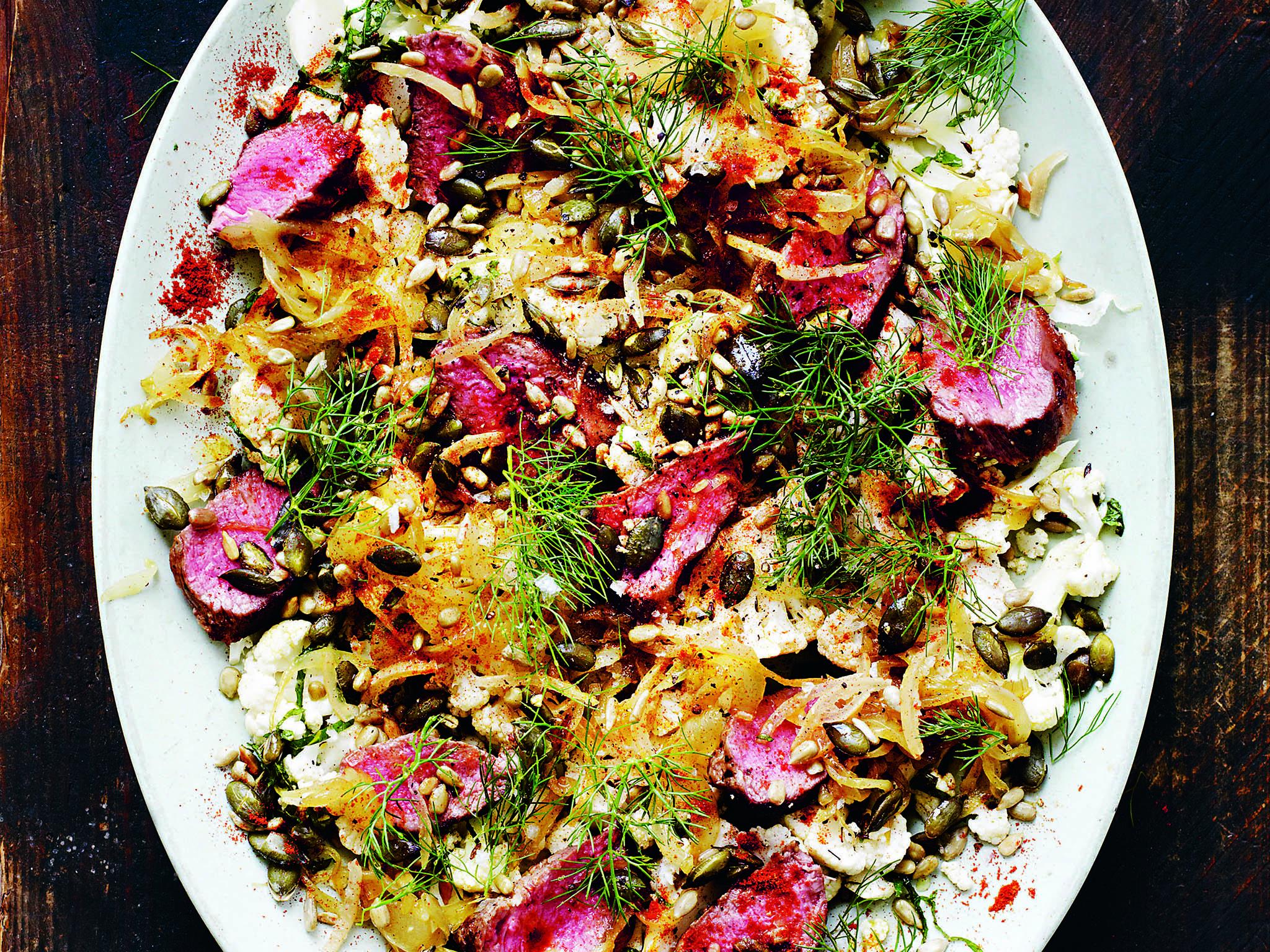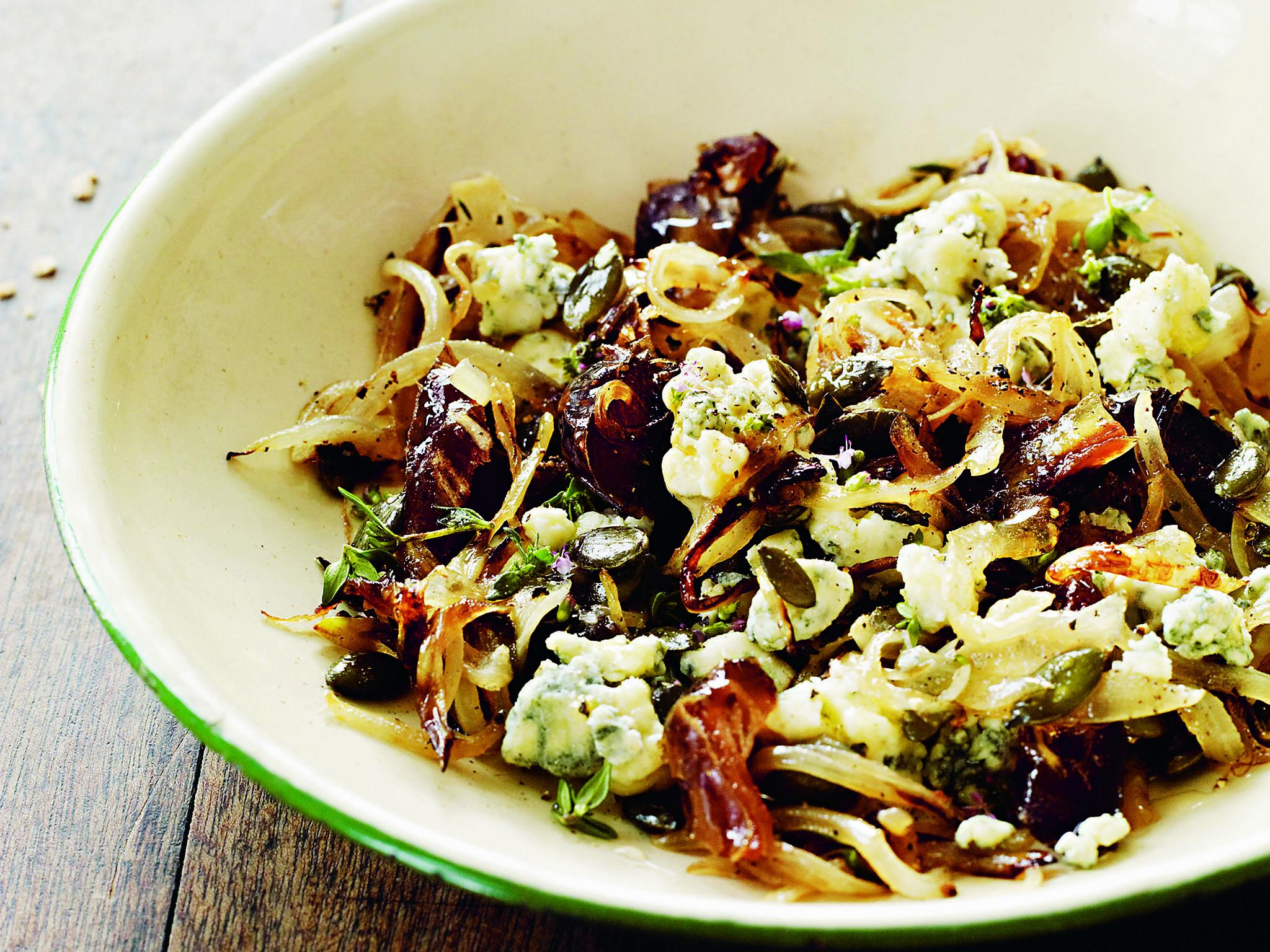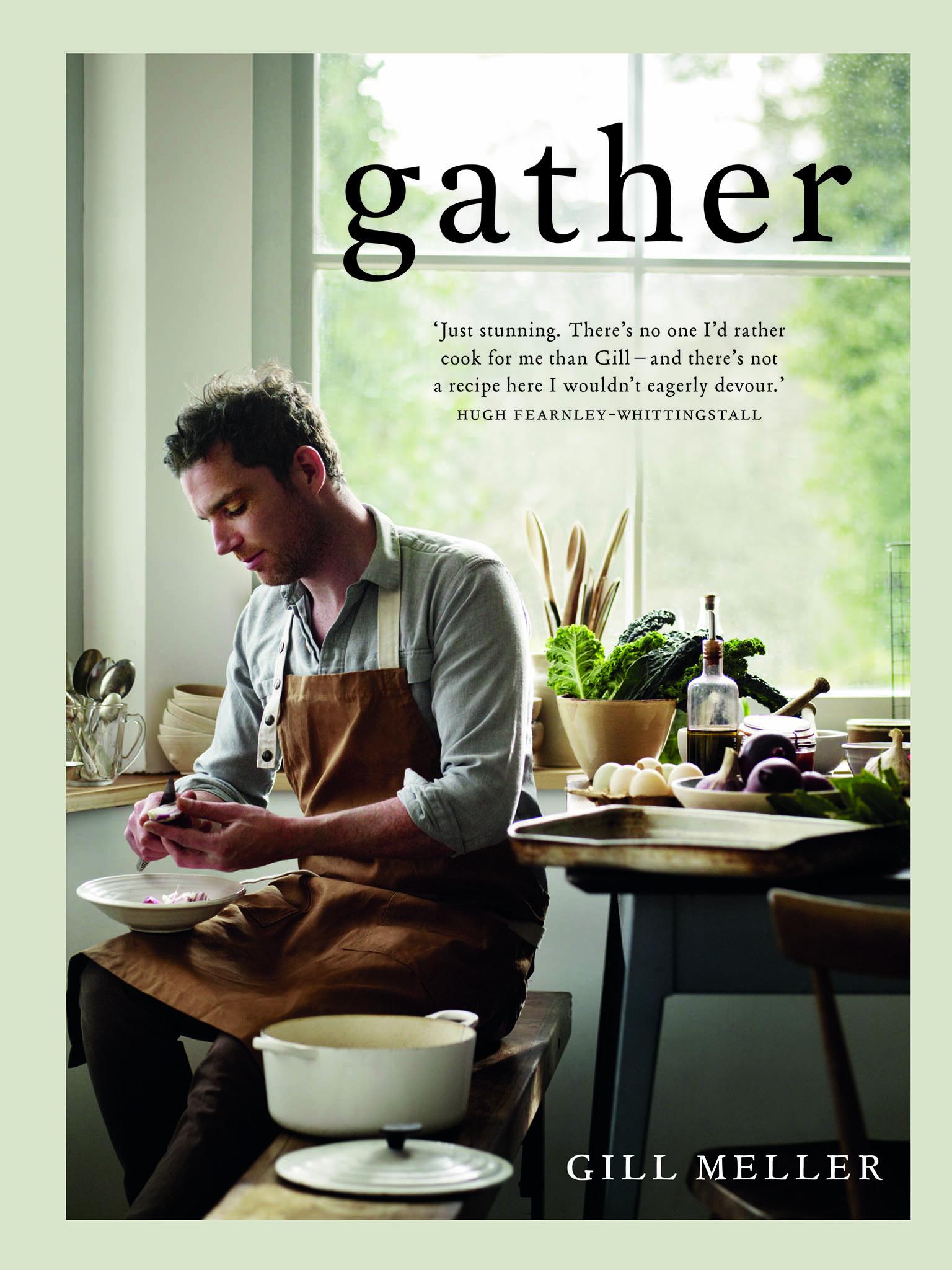Gather cookbook: Recipes from damsons to mutton loin
The first book from River Cottage chef, Gill Meller, celebrates the best of British seasonal cooking created from the bountiful landscapes of nature

Your support helps us to tell the story
From reproductive rights to climate change to Big Tech, The Independent is on the ground when the story is developing. Whether it's investigating the financials of Elon Musk's pro-Trump PAC or producing our latest documentary, 'The A Word', which shines a light on the American women fighting for reproductive rights, we know how important it is to parse out the facts from the messaging.
At such a critical moment in US history, we need reporters on the ground. Your donation allows us to keep sending journalists to speak to both sides of the story.
The Independent is trusted by Americans across the entire political spectrum. And unlike many other quality news outlets, we choose not to lock Americans out of our reporting and analysis with paywalls. We believe quality journalism should be available to everyone, paid for by those who can afford it.
Your support makes all the difference.Inspried by the landscape in which Meller lives and works in, Gather features 120 seasonal recipes without obscure ingredients or complicated methods, where many contain only three of four main ingredients. Expect simple cooking, but combined with unusual flavour combinations to create innovative dishes. Idylically splitting the recipes into sections where the ingredients are from, chapters iclude Moorland, Garden, Farm, Field, Seashore, Harbour and Woodland, giving cooks a sense of the places.
Try three recipes from Gather, which use some of September's best flavours, including damsons, dates and mutton.
Damsons with sage, camembert & cacao
Fruity, sharp damsons, with their chutney-like qualities, make the ideal accompaniment to a strong, ripe cheese such as Camembert. The honey in this recipe sweetens the fruit just enough to balance their acidity, while the cacao nibs (which are simply unprocessed cocoa beans, broken into little bits) offer texture, their bittersweet character matching incredibly well with the sage. I like to serve this colourful combination as a cheese course, perhaps with a small cup of good coffee, freshly brewed.
Serves 2
1 tablespoon extra-virgin
olive oil
1 small knob of butter
2–3 teaspoons runny honey
8 ripe damsons, halved and stoned
12 small sage leaves
125g (4½oz) ripe
Camembert or Brie
2 teaspoons cacao nibs
salt and freshly ground
black pepper
Take the cheese out of the fridge and allow it to come up to room temperature while you cook the damsons. Place a medium pan over a medium heat, add the olive oil, butter and honey and when hot and bubbling add the damson halves, cut side down. Tear in most of the sage leaves and cook the fruit for 3–4 minutes on the first side, then carefully turn the damson halves over and cook for 2–3 minutes on the other side, or until the fruits are tender but still just holding their shape.
Remove from the heat and allow to cool in the pan. Slice the cheese and divide the slices equally between each plate. Top with equal servings of damsons, a few of the torn sage leaves and a good trickle of the buttery, sweet pan juices. Finish with a light sprinkling of cacao nibs and a little salt and pepper. Serve straight away.

Blue cheese with honey, thyme, dates, fried onions & seeds
I recall overhearing this conversation between my eldest daughter and my youngest as the two of them were snacking in the kitchen after school. For me, it was a priceless and very sweet little educational exchange about food. ‘You know that’s mould don’t you?’ ‘No, it’s not!’ ‘What the hell, that’s mould; I can’t believe you don’t know that!’ ‘It’s just blue cheese.’ ‘No, it’s mould!’ ‘Really?’ ‘Yes...! ‘Oh...’ The funny thing was that the youngest one really loved blue cheese, but she seemed to lose interest after this. Still, I think this fruity salad, with sticky dates and crunchy pumpkin seeds might very well bring her round again.
Serves 2
2 tablespoons extra-virgin
olive oil
1 onion, finely sliced
2 thyme sprigs, leaves picked
1 tablespoon pumpkin seeds
150g (5½oz) blue cheese, such as Harbourne Blue or Perl Las
6–8 Medjool dates, roughly chopped
4 teaspoons runny honey
2 teaspoons cider vinegar
salt and freshly ground black pepper
Place a medium frying pan over a medium heat. Add half the olive oil, then the onion. Cook the onion, turning regularly, until soft and caramelized. Add half the thyme leaves to the onions along with the pumpkin seeds. Toss the onion, pumpkin seeds and thyme together and cook for a further 1 minute, then turn off the heat. Crumble the cheese over two plates, dividing it equally between them, then do the same with the chopped dates.
Divide the warm onion mixture between the two plates, then drizzle over the honey. Roughly tumble each salad together. In a small bowl, make a dressing by combining the remaining olive oil with the cider vinegar. Season the dressing with salt and pepper, then drizzle it over the two salad servings, scatter over the remaining thyme leaves, and serve immediately.

Fried mutton loin with shaved cauliflower, preserved lemon & smoked paprika
I remember being told the best thing to do with an old mutton carcass was to ‘slow-cook the whole thing’. I was younger and less experienced, but we had hung that thing for four weeks. The meat was dark and dry and carried a good-looking, firm, white fat. I kind of hoped the loins would be tender enough to serve pink. So, ignoring the slow-cooking advice and without really knowing how things would turn out, I cooked the loins hot and fast, with coarse salt, olive oil and the verve of youth. The meat was sensational – as tender as you could wish for.
Serves 4
1 small, firm cauliflower
6 tablespoons extra-virgin olive oil
juice of ½ lemon
2 teaspoons cumin seeds, toasted
2 or 3 mint sprigs, leaves picked and shredded
1 tablespoon pumpkin seeds
2–3 teaspoons sunflower seeds
1 large or 2 small white onions, thinly sliced
250g (9oz) mutton loin, trimmed
1 garlic clove, bashed
skin of 1 small preserved lemon, very thinly sliced
1 tablespoon runny honey
1½ teaspoons sweet smoked paprika
6–8 sprigs fennel tops, torn
salt and freshly ground black pepper
Cut away the outer leaves from the cauliflower, then trim back and remove the central stem, dividing the cauliflower into large florets as you do so. Thinly slice the florets about 2–3mm (1⁄16–⅛in) thick and place them in a large bowl. Drizzle over 2 tablespoons of the olive oil, pour over the lemon juice and scatter over the cumin seeds and mint leaves, then season well with salt and pepper. Use your hands to tumble everything together gently and set aside.
Set a large frying pan over a medium heat and add a dash of olive oil, followed by the pumpkin and sunflower seeds and a scattering of salt. Toast the seeds for 3–4 minutes, then remove them from the pan and set aside. Return the pan to the heat, add a further 2 tablespoons of olive oil and when the oil is hot, add the sliced onion. Season, then cook, stirring regularly, until the onion is soft and beginning to crisp around the edges (about 10–12 minutes).

Remove the onions to a plate and keep warm. Return the pan to a high heat. Add the mutton loin and garlic to the pan. Season all over with salt and pepper. Cook for 5–7 minutes, turning regularly, until they’ve taken on some golden colour, then remove from the heat and allow to rest for 5–10 minutes in a warm place.
Scatter the cauliflower over four large plates or a serving platter. Slice the mutton into 1–2cm (.–.in) slices and lay it over the top of the cauli. Scatter over the onions and the toasted seeds along with the preserved lemon skin. Drizzle with the honey, and dust with smoked paprika. Finish with a tangle of torn fennel tops, a lick more olive oil and some salt and ground black pepper.
Gather by Gill Meller (Quadrille, £25.00) Photography: Andrew Montgomery
Join our commenting forum
Join thought-provoking conversations, follow other Independent readers and see their replies
Comments